What is anaerobic fermentation treatment? What's the difference between anaerobic solarization, anaerobic washing and double anaerobic?
Anaerobic fermentation treatment (Anaerobic Fermentation) is very popular in the coffee industry in recent years, mainly caused by the 2015 WBC champion Australian contestant Sasa Sestic. Even the top six contestants in the 2018 WBC contest, including five coffee beans using "anaerobic fermentation treatment", can know the special features!
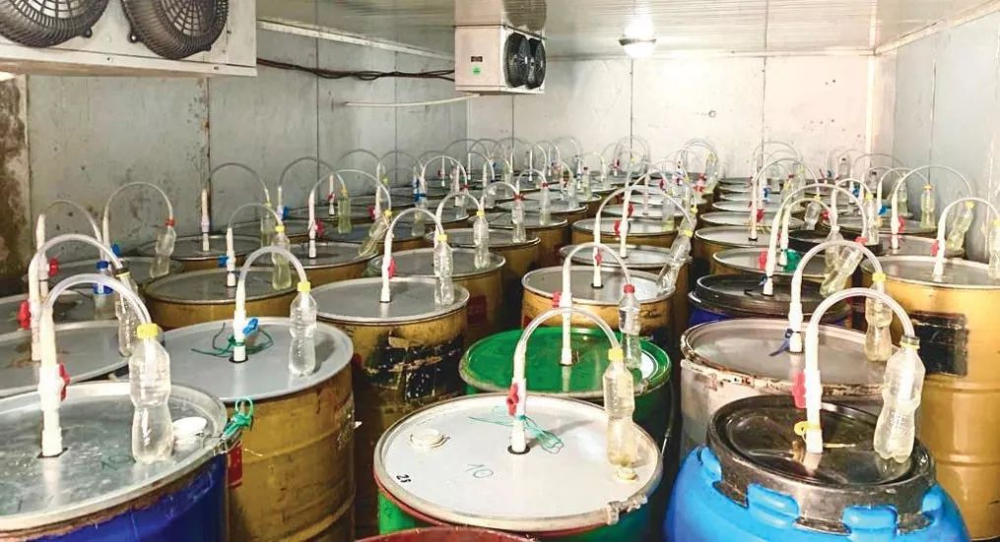
In the process of processing raw coffee beans, we will encounter "fermentation" more or less, and deeply affect the flavor trend of coffee beans. Fermentation is generally divided into two types: "aerobic" and "anaerobic". The biggest difference between the two is that the anaerobic process is more uniform and can be controlled, but the aerobic environment is too varied to be easily monitored. Generally speaking, most of the traditional treatment methods are "aerobic" fermentation, and anaerobic fermentation treatment has been slowly developed in recent years.
Anaerobic fermentation treatment, also known as carbon dioxide impregnation, the treatment step is inspired by the red wine production process, so it is also called red wine treatment. "the grapes will be put into carbon dioxide gas, making the grapes oxygen-free, so that even if there is no yeast, the grapes can convert their fructose into alcohol, so they have a special aroma, and the resulting wine has soft aroma and rich taste. "if you go back to the processing of raw coffee beans, the whole freshly picked coffee fruit is put into an airtight metal can, such as carbon dioxide, which promotes the release of oxygen, creating an oxygen-free fermentation environment and reducing the rate of sugar decomposition and pH value in the pectin of coffee beans, thus giving the beans higher sweetness and more special flavor.

The coffee beans used by Sasa Sestic himself in WBC in 2015 are Rume Sudan, a species of Remy Sudan from Columbia-Cloud Manor (Las Nubes). According to his own account, the method of anaerobic fermentation of this coffee bean is mainly to put the ripe coffee fruit in a sealed metal container (stainless steel bucket) to inject carbon dioxide and discharge oxygen, so it can be fermented and decomposed in an oxygen-free environment, and the factors such as PH value, gas composition, humidity, temperature, and even the type and number of bacteria involved in fermentation can be effectively controlled. Develop a better sweetness and a more balanced flavor.

However, at present, each treatment plant and all kinds of so-called anaerobic fermentation of raw beans are actually different, after all, this kind of treatment is still in the stage of development, so there is no standard and absolute version. Most of what we have heard so far is mainly based on the treatment of Sasa coffee beans at that time, or modified with this version, such as the recent emergence of experimental treatment methods such as anaerobic solarization, anaerobic washing and double anaerobic treatment, which is also very much expected. Add the anaerobic process to the sun or water washing treatment, and it will become our common anaerobic sun and anaerobic water washing treatment.
Using anaerobic sunlight will put the freshly picked coffee fruit into a sealed bucket for low-temperature fermentation. In an anaerobic environment, the decomposition rate of pectin decreases, while ph decreases more slowly, prolonging the fermentation time of coffee and developing more sweetness. the temperature must be strictly controlled throughout the anaerobic environment, averaging between 10 and 15 degrees Celsius. After more than three days of anaerobic fermentation, the coffee fruit in the barrel is dried in the sun, and the excess part of the coffee fruit is removed and the coffee beans are taken out.
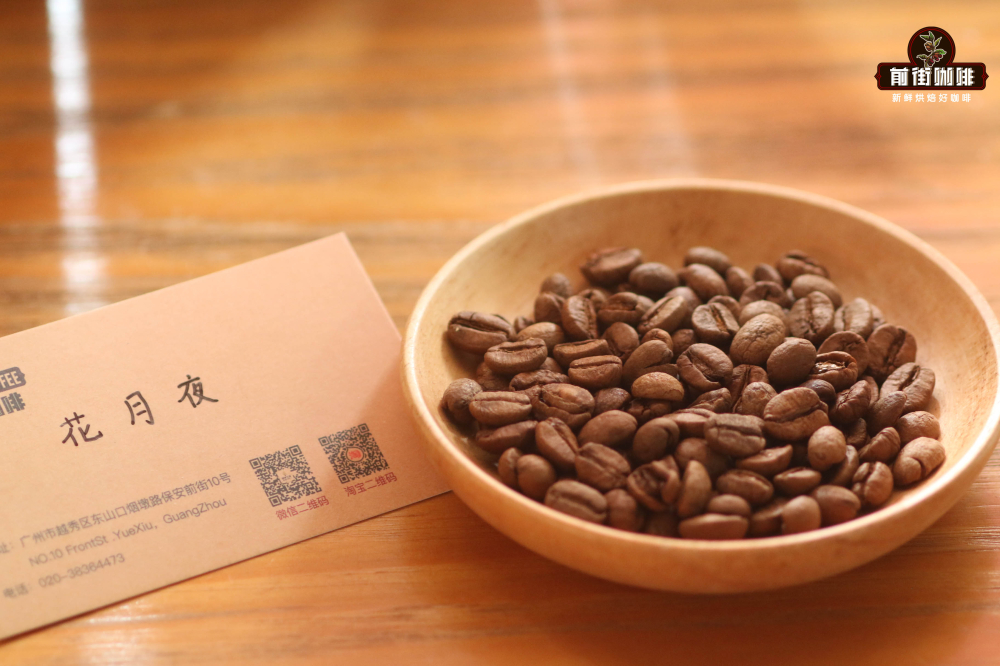
For example, Columbia Flower Moon Night Coffee beans on the front street are treated with anaerobic solarization. This coffee bean has a more sour, sweet and fermented aroma of ripe fruit due to anaerobic sun exposure. After baking, it shows aromas of cranberries, strawberry jam, chocolate and cream, as well as strong fermented aromas.
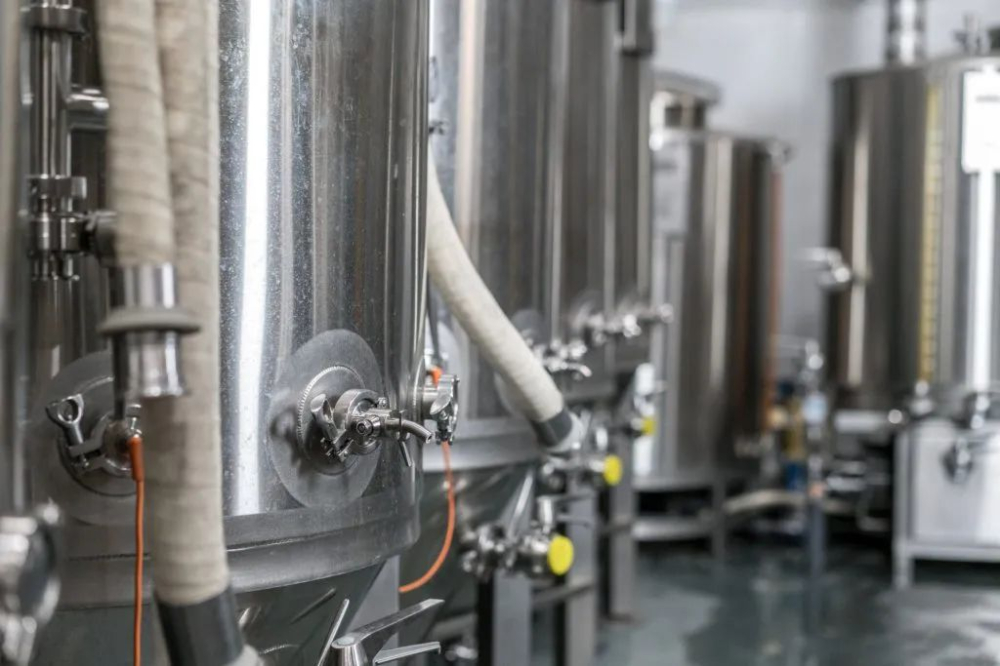
In the anaerobic washing treatment, the freshly picked coffee fruit is dried for 12 hours, then the peel and pulp are removed by machine, and then the coffee beans are put into a sealed fermentation barrel for anaerobic fermentation for 24 to 48 hours. After fermentation, the coffee beans in the bucket are dried, so that the coffee beans show a very rich fruit sweet taste. Columbia Rose Valley coffee beans in front of the street are treated with anaerobic washing, and the aroma of peaches and roses can be felt by hand.
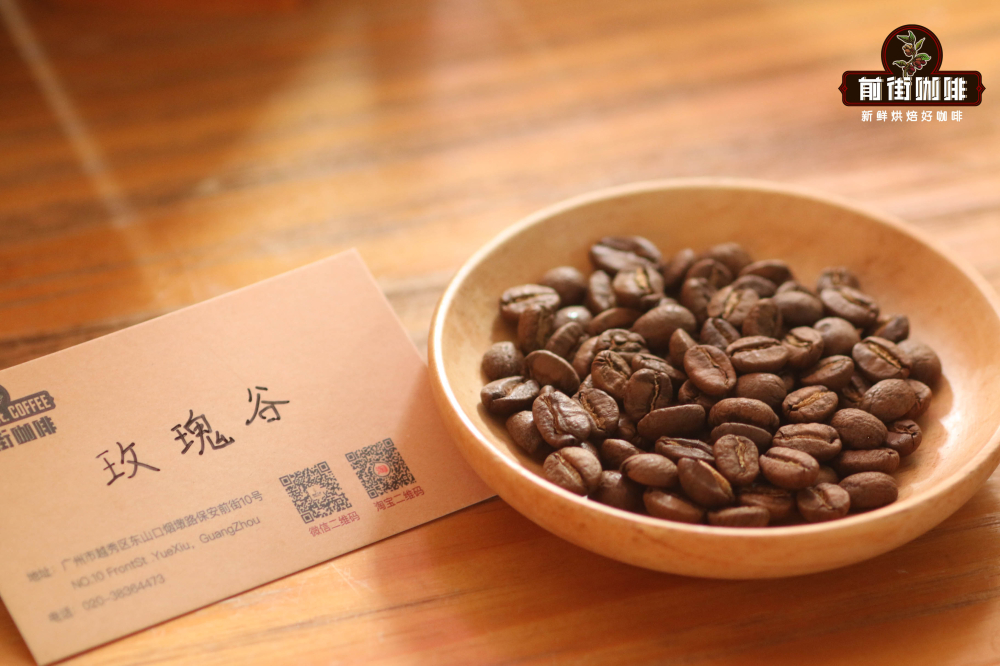
The so-called double anaerobic washing is divided into two anaerobic steps. The coffee fruit is treated immediately after picking, and the coffee fruit is put into a sealed anaerobic environment for the first anaerobic fermentation; the fermented coffee fruit is removed from the skin and pulp as washed, and the pectin coffee beans are once again put into a sealed anaerobic environment for a second anaerobic fermentation. Finally, the fermented coffee beans were dried and the moisture content was reduced to 11%.
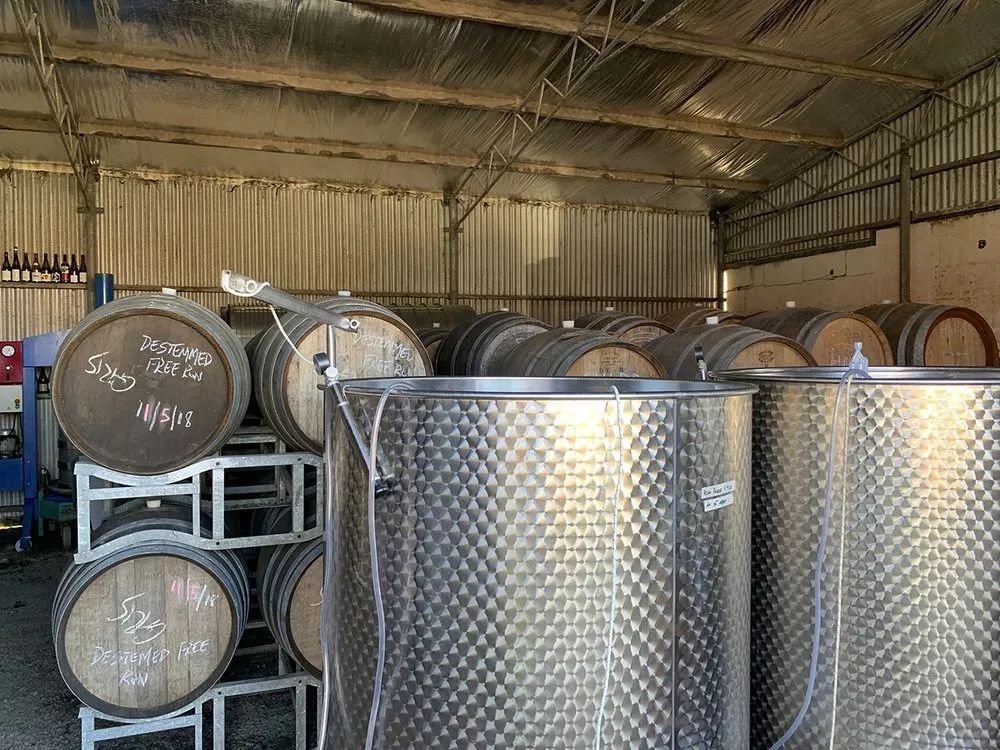
After two times of anaerobic fermentation, the cherry coffee beans in Columbia Paradise Manor in front street are washed with double anaerobic water, which shows the flavor of spice tea, citrus, black cocoa, mint and so on.
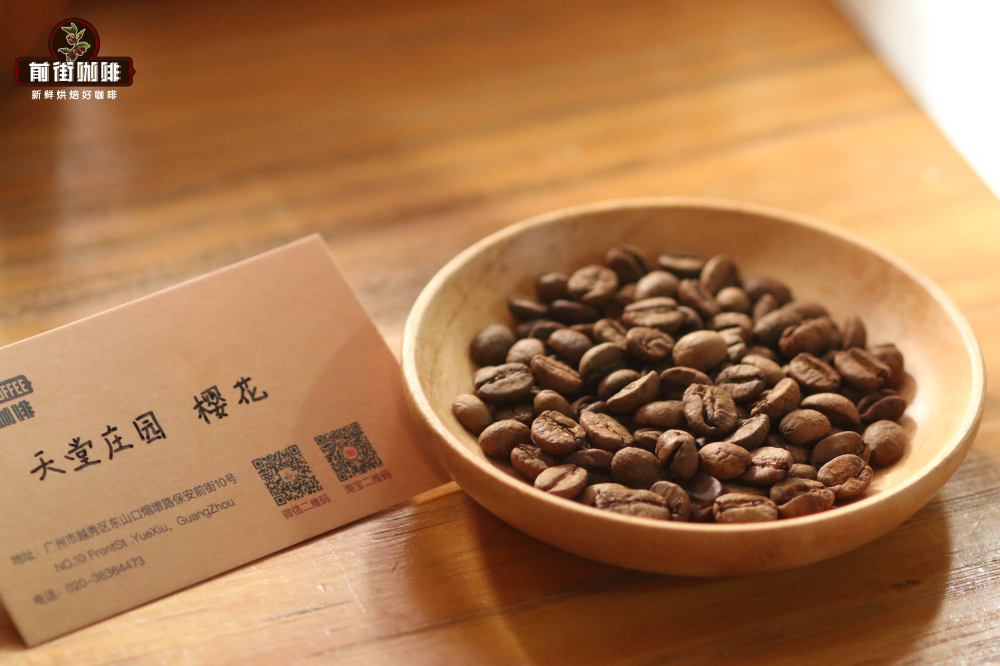
Professional coffee knowledge exchange more coffee bean information please follow the coffee workshop (Wechat official account cafe_style)
For more boutique coffee beans, please add private Qianjie coffee on Wechat. WeChat account: qjcoffeex
Important Notice :
前街咖啡 FrontStreet Coffee has moved to new addredd:
FrontStreet Coffee Address: 315,Donghua East Road,GuangZhou
Tel:020 38364473
- Prev
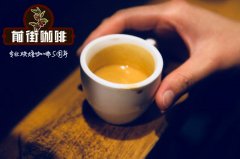
Why do most Costa Ricans treat coffee beans with honey?
Costa Rica and honey treat the coffee beans produced in the high latitudes of Costa Rica are famous in the world, full-bodied, mild in taste, but extremely sour, and the coffee beans here are carefully processed, which is why there is high quality coffee. Located in the south of SanJos, the capital of Tarasu, Costa Rica is one of the most valued coffee growers in the country.
- Next
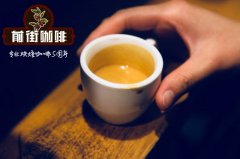
Why adjust the amount of powder when espresso is extracted?
When espresso is extracted, the amount of powder in the coffee means the thickness of pressed powder, while the thickness of pressed powder means the degree of uniform extraction of coffee, which also means the effect on the taste of espresso. Under high pressure, when hot water is used to extract espresso, the top of pressed powder will come into contact with hot water earlier than the bottom, and the flavor substances will be extracted faster.
Related
- What is the meaning of lactic acid fermentation with coffee bean treatment?
- How to judge the state of foam by sound?
- How does the latte pull out the unicorn pattern? Come to get for a little trick to improve the flower pull!
- Will flower pulling affect the taste of the latte?
- Do you know the history of coffee?
- The difference between honey treatment and sun washing what is raisin honey treatment?
- What kind of milk can a novice use to make coffee foam to keep the foam longer? The correct method and skills of milking tutorial sharing
- Why do washed coffee beans taste sour? Flavor characteristics of washed Coffee
- Introduction to the skill of how to practice the size and height of water injection around the circle of hand-brewed coffee
- How do beginners practice coffee flower drawing from scratch?

